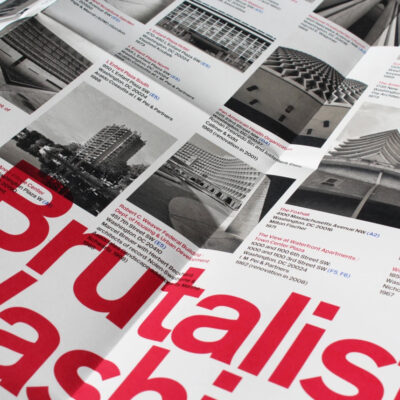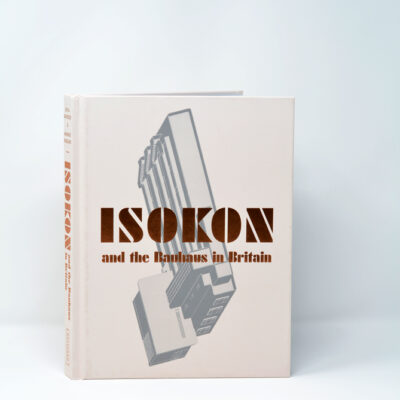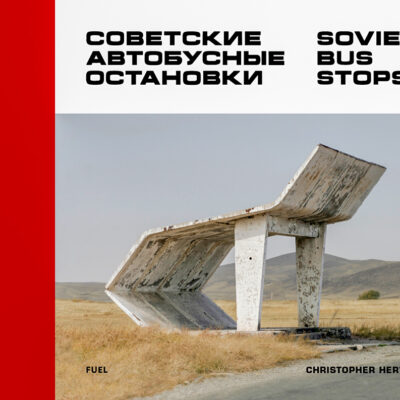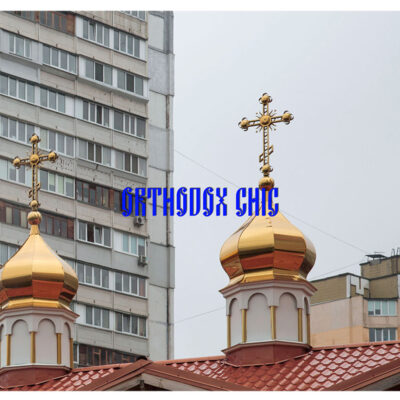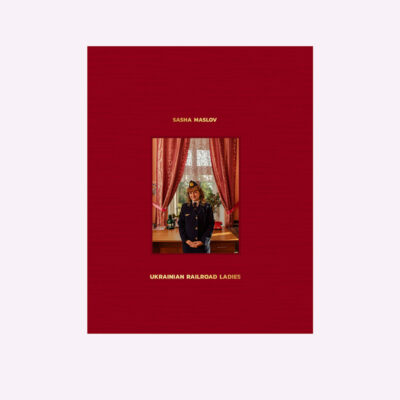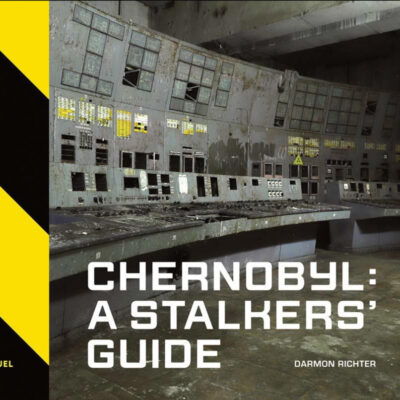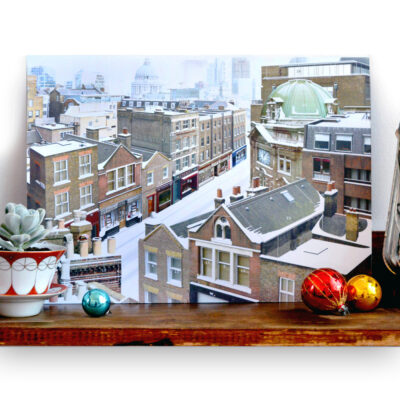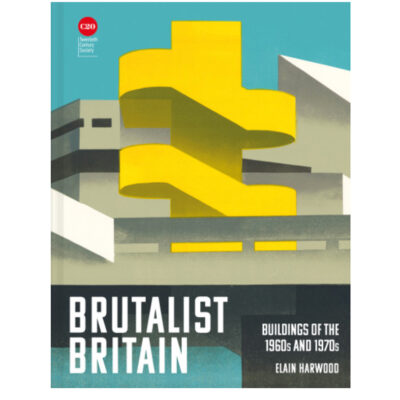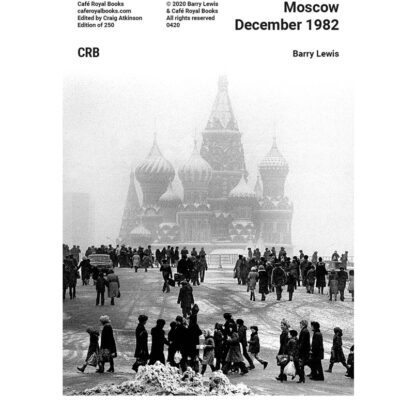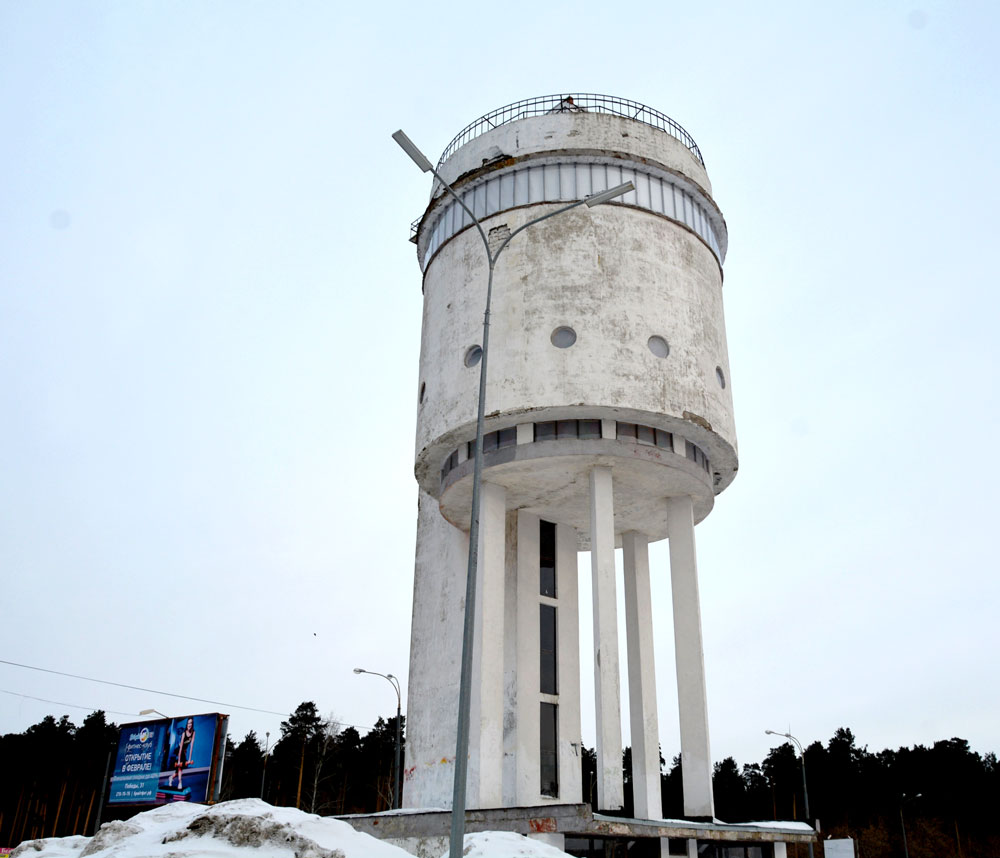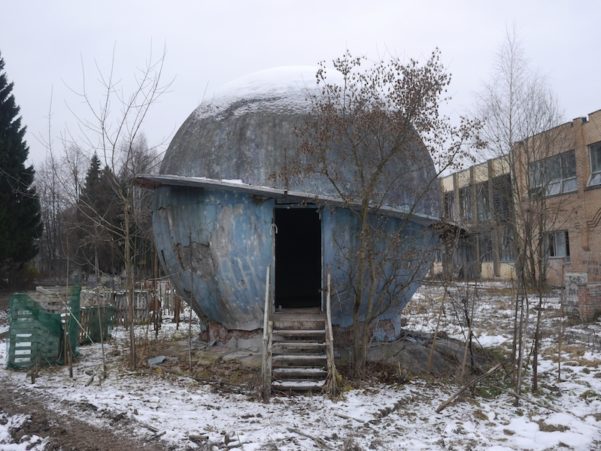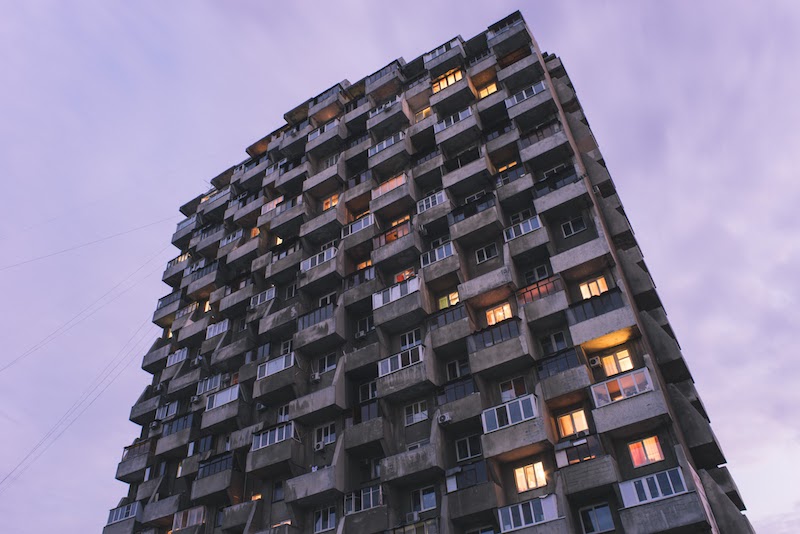One Photographer’s Journey
Instagram is the weirdest of mediums, alliances are formed, interests shared and unseen friends made. It’s a place to learn about the art of photography.
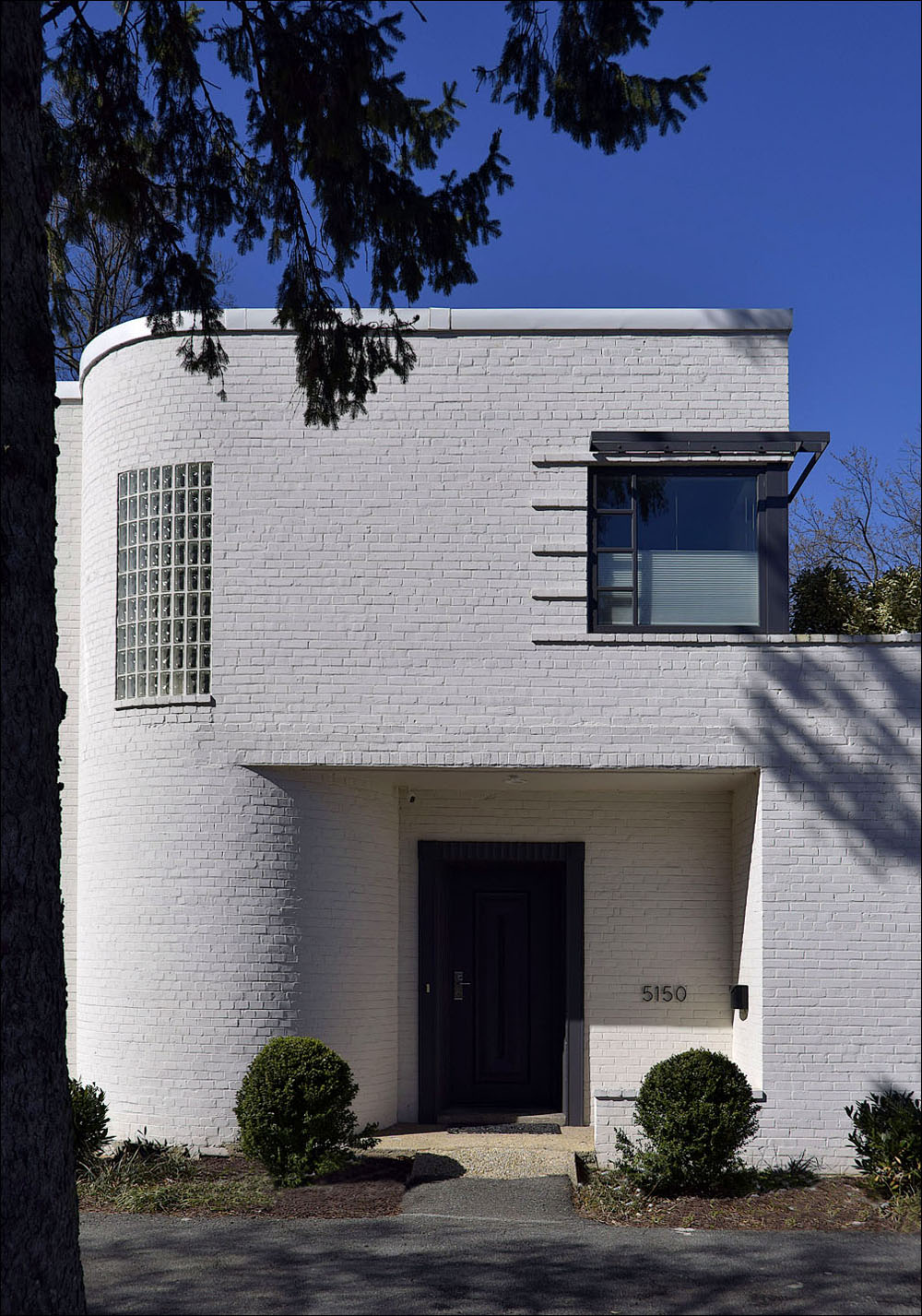
Bethesda, Maryland, USA
I ‘met’ Boris Feldblyum, a gifted professional architectural photographer through his Instagram @boris.feldblyum, drawn by my fascination for Modernism, for Constructivist architecture and design, concrete buildings and Brutalism.
Here’s proof that Instagram isn’t always about self-indulgence, or of hashtagging a name in the vain hope of becoming an ‘influencer.’ There’s another layer, it’s about the sharing of knowledge and skills.
Boris, now a Washington-based architectural photographer is from what was known once as the Soviet Union. He was born in Ukraine, went to college in Russia proper, and lived in Lithuania for a few years before emigrating to America. What led him to photography as a career was a childhood passion for collecting postcards of pre-revolutionary provincial Russian towns. Boris started collecting when he was a boy in the USSR.
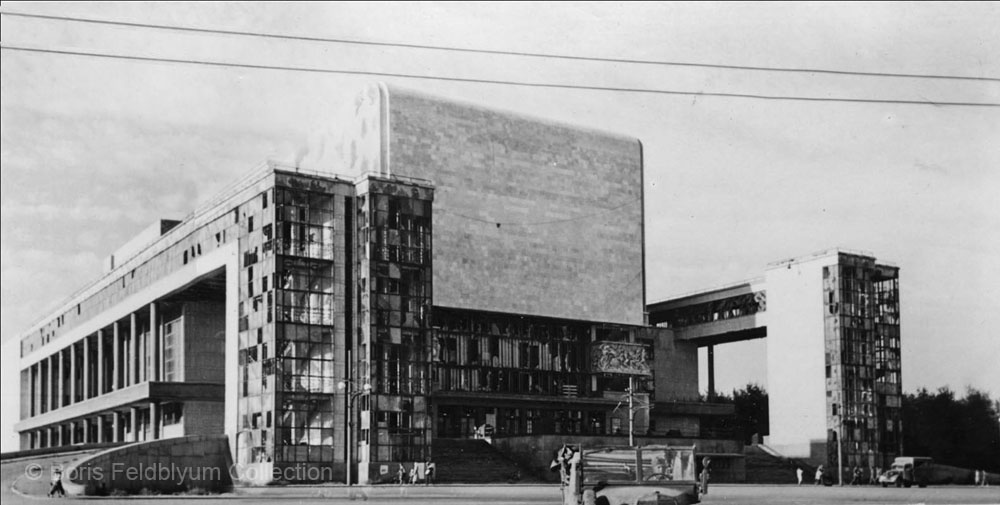
Maxim Gorky Theatre Revolutsionayya Square Rostov-on-Don Constructivist Architects Vladimir Shchuko and Vladimir Gelfreich
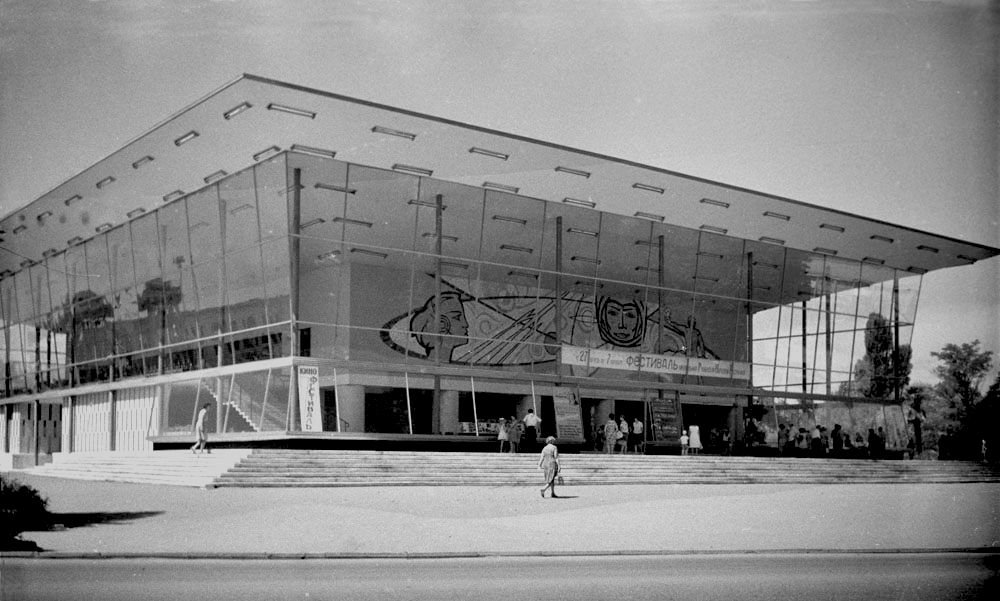
Cinema in Sochi 1964: An early photograph taken by Boris on his beloved Smena 1, Soviet camera.
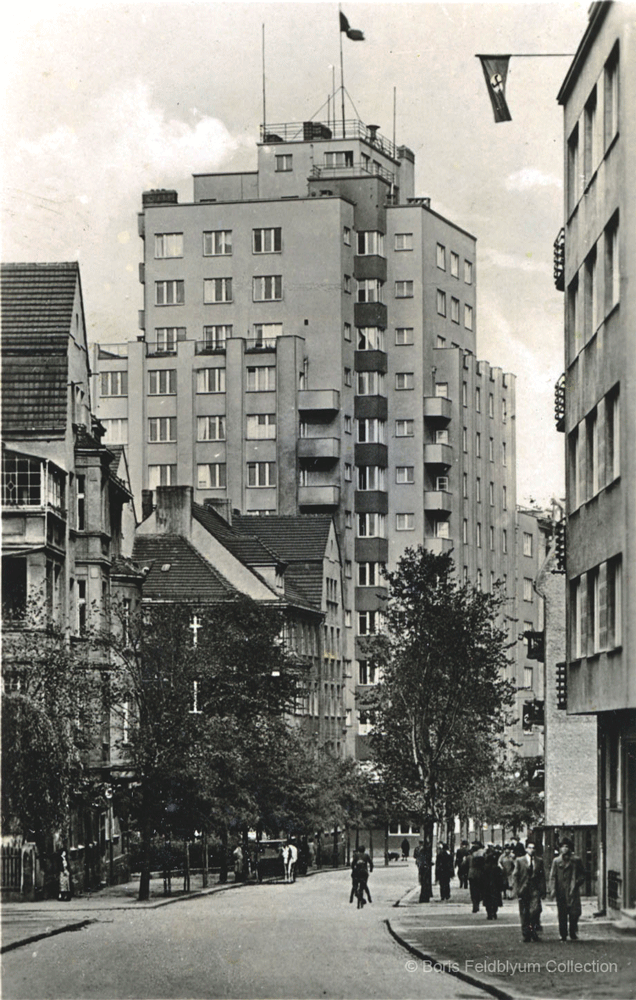
Katowice Poland 1941, Architect Meczyslaw Kozlowski (1913 Graduate Ecole des Beaux Arts Paris) Collection B.Feldblyum
“Years later, I realised it was the desire to see and understand the life in the country before the Bolsheviks took it over. Later, when we settled in the US and had a little disposable income, the hobby continued, expanding into views of old America.”
Back in the day picture postcards were sent to say, “This is where I live/I’m writing from/wish you were here/here’s my beautiful town/our most important building”. They are glimpses of other worlds before photography was accessible before we had our own cameras on our smartphones.
Greyscape fans, the Concrete Community, love Modernism, Constructivism all the way through to Brutalist architecture. Boris’s collection is an important part of the jigsaw puzzle, many of the architects captured in his large collection are not properly remembered, in some cases they and their families utterly wiped out by revolution and war, their works disregarded or condemned by the government, a professional class of builder left unnamed and this makes Boris’ collection all the more gripping as it predates the immense upheaval of the Soviet era. It gives a glimpse of all that changed. A good number of these postcards may now be the only records of lost architecture.
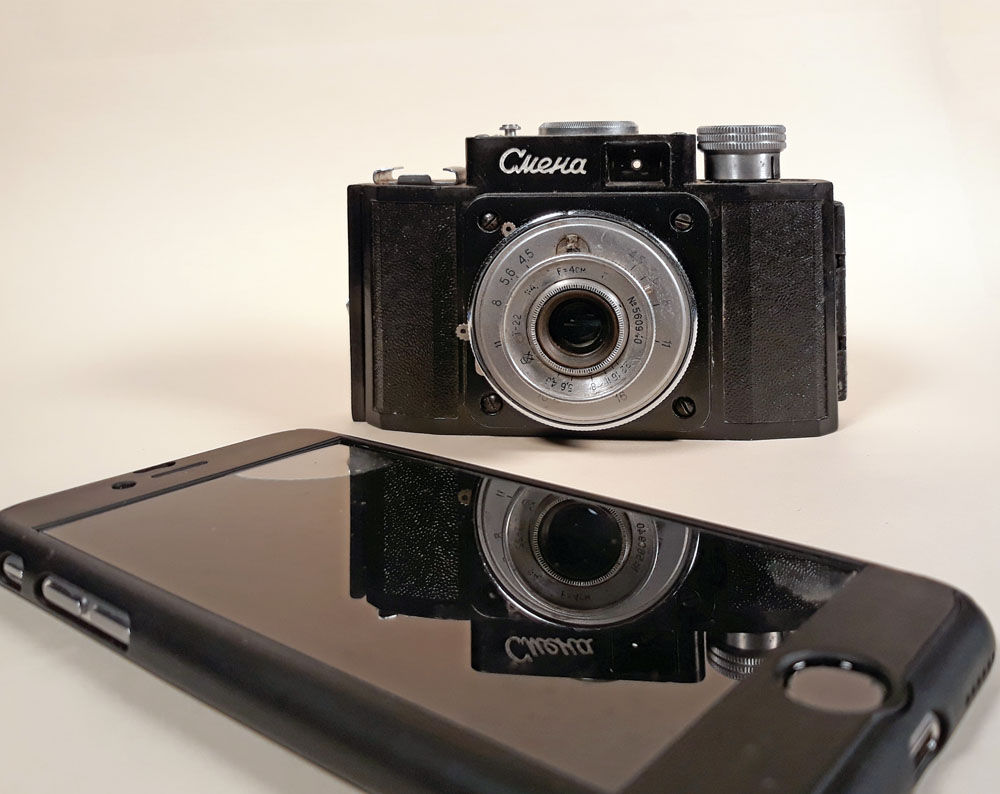
From Smena to Smartphone, Boris’s First Camera
Boris received his first camera, a fully manual first generation 35mm box Smena-1, designed by I. Shapiro at “the ripe age of eleven”, these cameras (think the Soviet response to Kodak) were made by GOMZ at the grandly named Leningrad Optical Mechanical Association aka the LOMO factory, “films had to be loaded, transporting film from cassette to cassette, later models allowed for film to be moved to a receiving spool and back to the cassette”. Boris continues ‘It was too many years ago, but the excitement of creating a framed view has never diminished. I was always interested in a view of a city, a street, a building. My first interest was not the architecture of individual buildings but rather “architecture in context”, i.e. street scenes where buildings played a role. I think I was interested more in urban planning and city design and only later started paying more attention to specific buildings. Looking back, I am a little sorry for not capturing more people and street scenes that comprised the life of the now defunct empire – the Soviet Union.”
Photography is Boris’ second career, he has an engineering degree but when a company for which he worked went out of business, in the early 1990s, choosing architectural photography as the next career was “natural”. Boris says with disarming candour that the hardest part of this career is “not image capture, actually, but acquiring and then keeping clients and staying in business”.
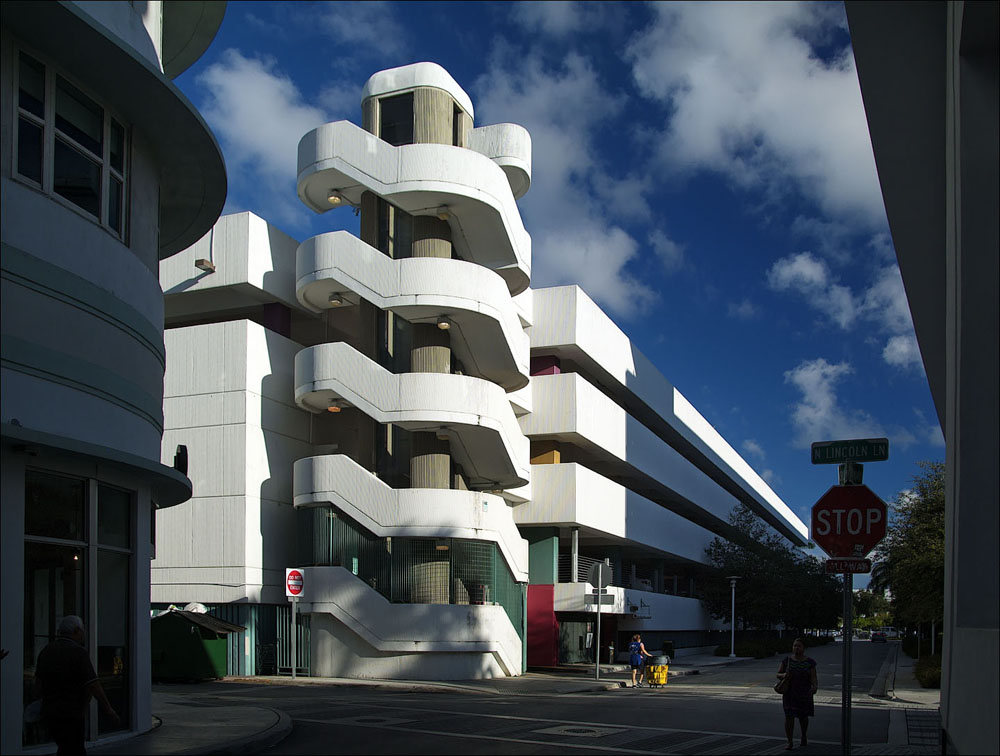
Parking Garage on Pennsylvania Avenue and N. Lincoln Road Miami, Florida
We asked him what makes a professional photo work?
“An image that evokes feelings and suggests a story behind a picture.”
He continues, “There are several photographers who helped me “see the light” and form my own vision. The very first one who had the biggest influence, Jan Bulhak, is not much known in the West. He was a Pole, born in today’s Belarus, lived most of his life in Wilno (now Vilnius) and moved to Warsaw after the War, in 1945.” If you are not familiar with this name, there is page on Boris’ website, at http://www.bfcollection.net/subjects/bulhak.html
“Then, there is Ezra Stoller, of course, Julius Shulman, Baltasar Korab. Among contemporaries, I follow those whose style appeals to me, for example, Alan Karchmer, Brad Feinknopf, Tim Griffith, Fernando Guerra, maybe a couple of others.” Darren Bradley @modarchitecture on Instagram “is in a league of his own. I cannot comprehend how he manages two demanding careers and a family.”
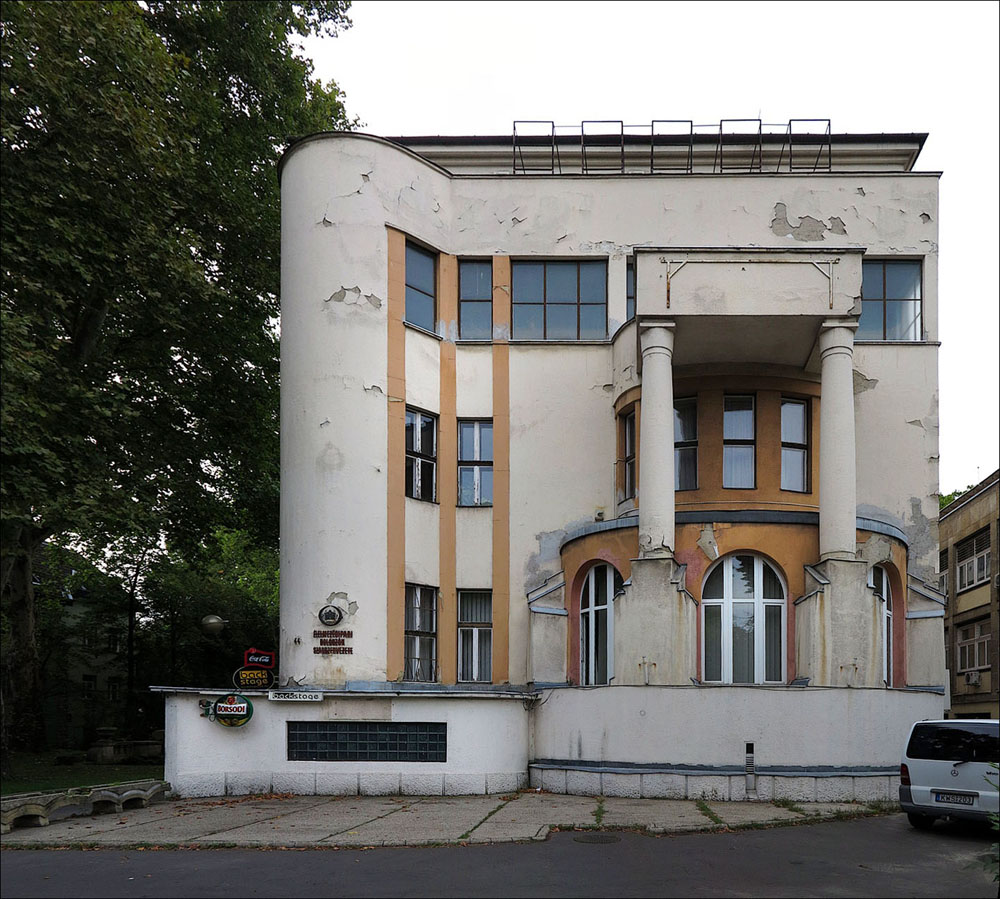
Formally Basch Villa, Budapest, Hungary. Varosligeti Alley 44. Architects: Sámuel Révész and József Kollár 1910; rebuilt in 1948.
What’s your favourite/most meaningful photograph?
“It is hard to say because I am excited by almost any building that comes into view. One building, or rather a complex of buildings I’d love to come back to and just spend a day is the Champalimaud Foundation Centre in Lisbon, by Charles Correa. It helps that they have a very good restaurant there, called Darwin.” (See http://www.bfcollection.net/photography/architecture/001.htm )
“Another one, a small and beautiful building, is the Congregation Kol Shalom by the Washington firm Shinberg Levinas.” (See http://www.bfcollection.net/photography/architecture/009.htm )
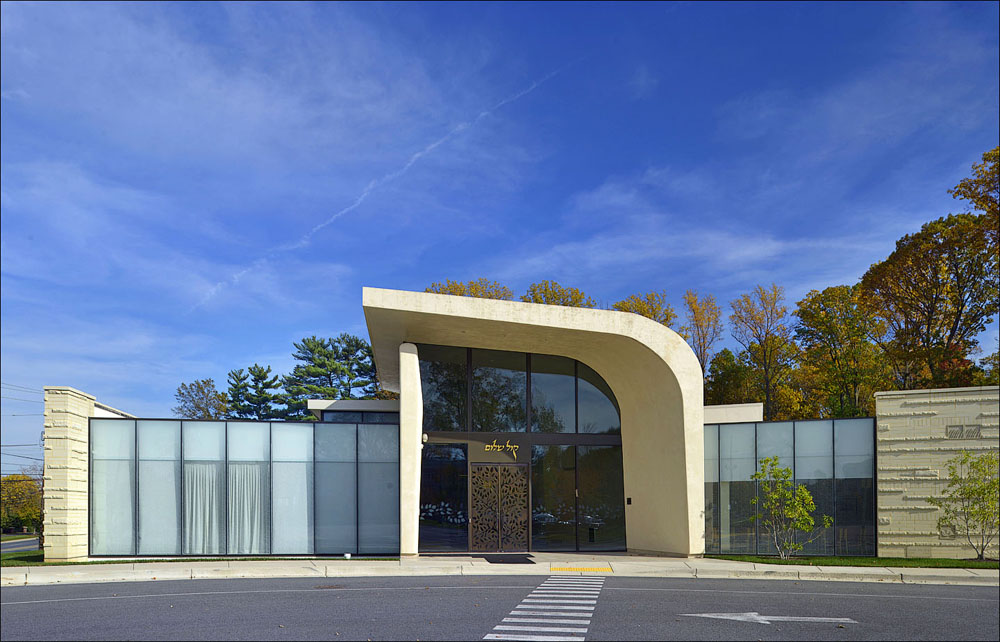
Kol Shalom, Rockville Maryland Architects: Shinberg Levinas
What type of photographer do you describe yourself as?
“A careful and deliberate one. Architects have many weeks and months to create and refine a design. A photographer has a couple days to capture images that must depict the essence and a character of the design, be perfect technically and artistically – and be a good marketing tool for an architect.”
“When on vacation, I often have minutes or even seconds to consider a view, find a vantage point and shoot. A fair number of my vacation photos are taken from a bus or a train going 100-120km/hr. It has become a game of sorts to pre-visualise a view and push the button in the split second that I have.”
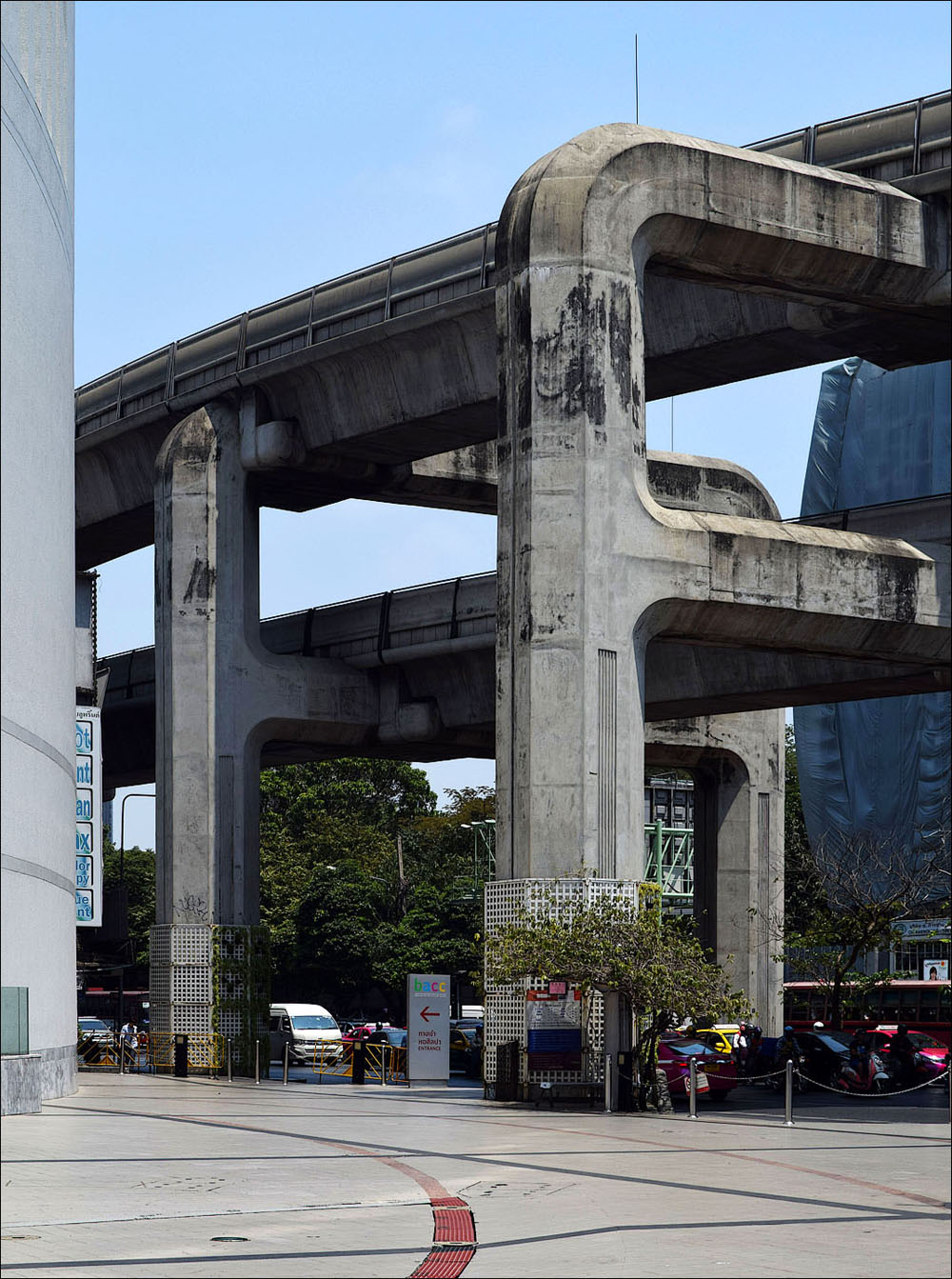
Brutalist Bangkok Transit System Skytrain. Built by Siemens and Italian Thai Development in 1999
Your insider’s tip for how to get the best shot?
“I will answer with a question: What IS the best shot? As I see it, it’s an image that evokes feelings and suggests a story. The hard part is to be always ready. Even an immovable object such as a building may reveal its essence for about 10-15 minutes on a good day when the light is right.”
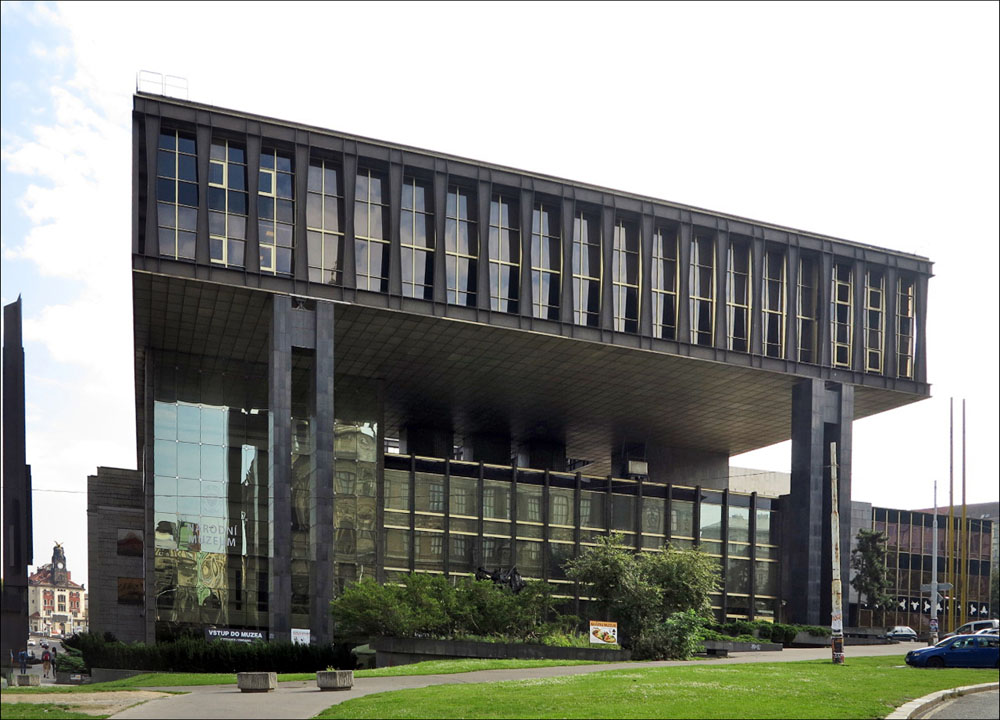
The former Communist Party Headquarters in Prague.
When you pack for an assignment what’s the first thing you pack?
“A folder with the assignment description, notes, site map, floor plans, shoot list, permits, contact names, etc. Bloody papers!”
How has camera technology in phones impacted architectural photography?
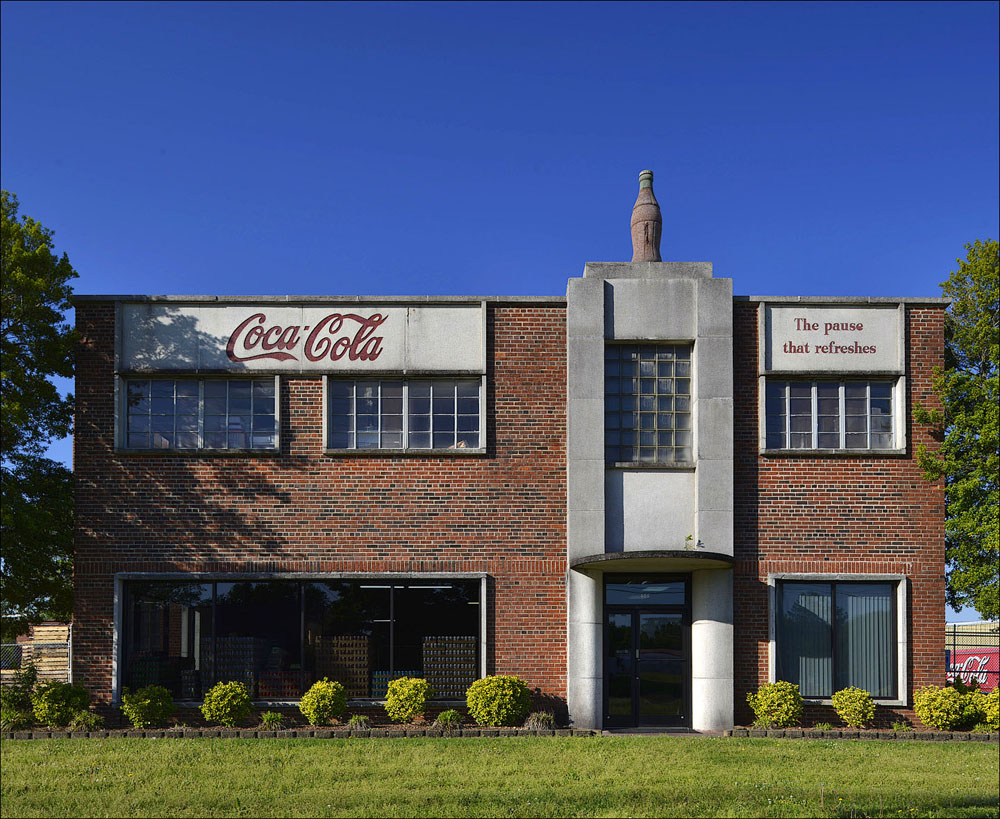
Coca Cola Bottling Company Washington NC
“For a photographer, a camera phone is just a tool. It can be used in scouting, for example, to check a composition, to remember the lighting (or the furniture to be rearranged). Some phones now have cameras good enough to capture a finished product – if the client’s end use requirements are met. Generally speaking, an image is created in the mind’s eye. A camera, like a pencil or a blob of clay, is the means to share the photographer’s interpretation of reality. Or his imagination, or fantasy. Some phone images on Instagram, captured by professionals, are just as good-artistically- as those produced with expensive equipment.”
What is your process for choosing a particular subject?
“It starts with reading about architecture. If I sense the building might be interesting to see, I put it on the list. Before travelling for any reason, such as an out of town commission, or vacation, or a visit with friends or family, I try to find what’s there and what’s on the way.”
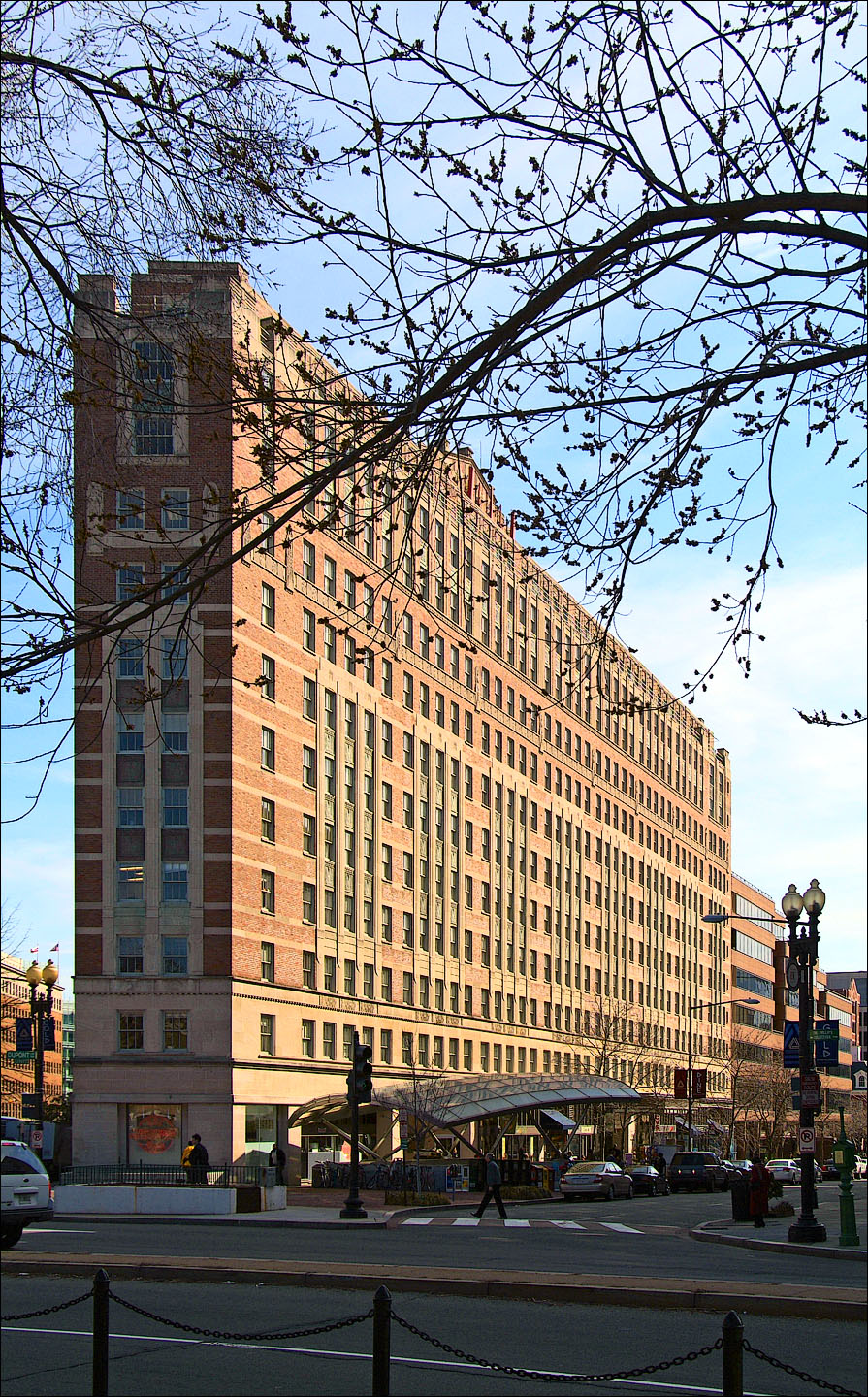
Washington, DC. 1350 Connecticut Ave, NW Architect: Joseph Moebs (1926)
And a place you’d like to visit and photograph?
“Among the few places my wife and I visited, it is Japan – hands down. It is a civilisation of its own. Other than that – Anytown, USA. I will find what to do there. I am curious.”
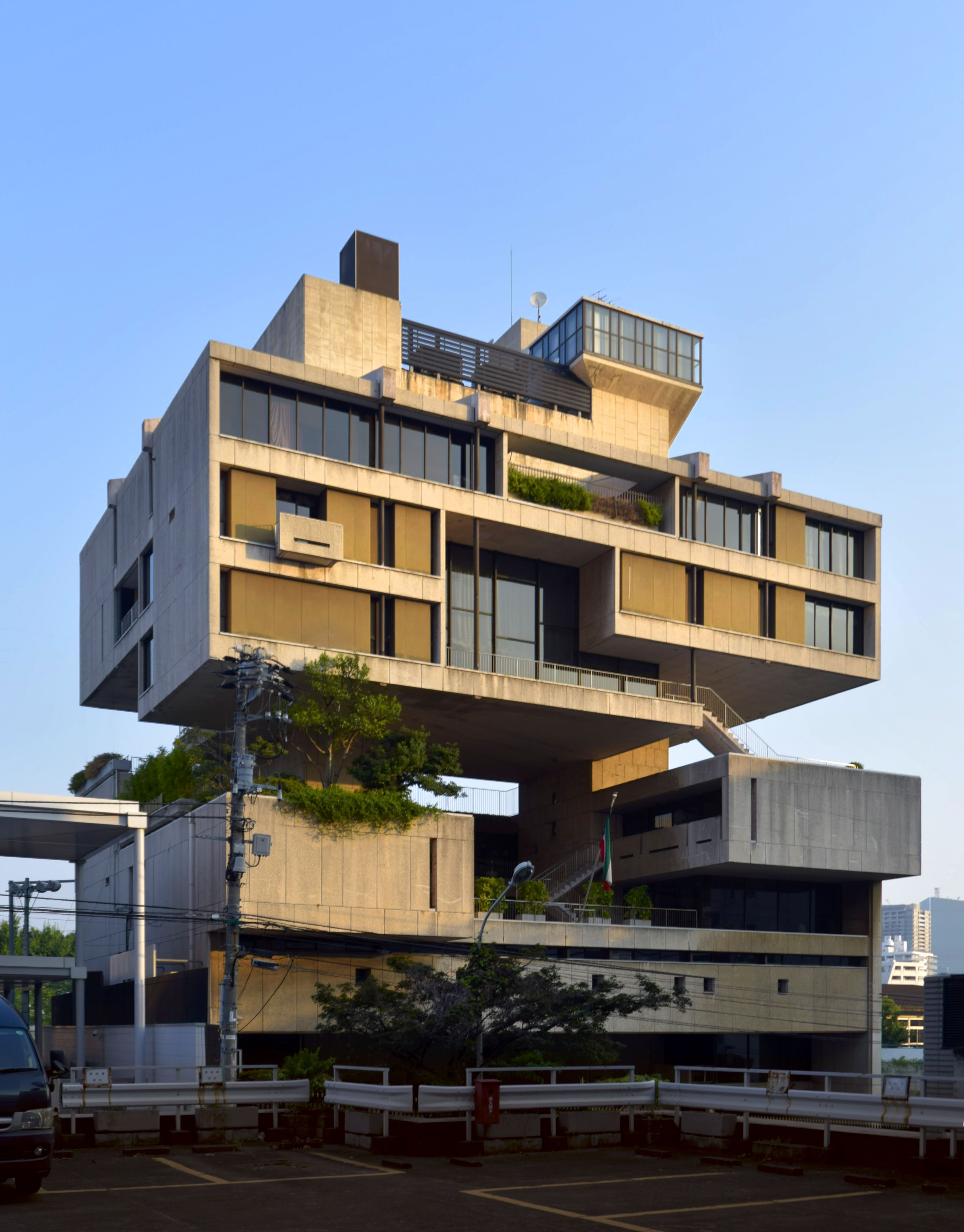
Embassy of Kuwait in Tokyo, by Kenzo Tange (1970)
Many of Boris’ current images may be viewed online at http://www.bfcollection.net/ , to view his historic collection just follow the ‘cities’ link, do checking in regularly as he does weekly updates.
All images © copyright Boris Feldblyum. All rights reserved.
Boris Feldblyum Architectural Photography * 8510 Wild Olive Drive, Potomac, MD 20854, USA
Check his the latest on Instagram




